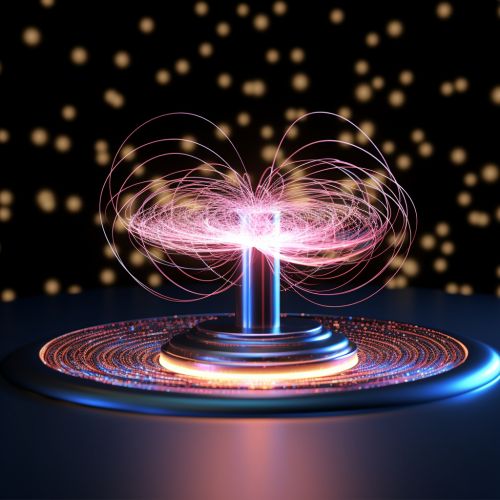Magnetic Monopoles
Introduction
A monopole is a hypothetical particle in particle physics that, unlike known elementary particles such as electrons and protons, has only one magnetic pole (either a north pole or a south pole). In more technical terms, a magnetic monopole would have a net "magnetic charge". Modern interest in the concept stems from particle theories, notably the grand unified and superstring theories, which predict their existence.


History
The concept of magnetic monopoles originates with the pioneering work of French physicist André-Marie Ampère in 1820, which culminated in Ampère's law, one of the four Maxwell's equations describing the electromagnetic interaction. However, a consistent mathematical theory of magnetic monopoles was only developed in the late 19th century by British physicist James Clerk Maxwell.
Theoretical Framework
The existence of magnetic monopoles would have profound consequences for the laws of physics. They would, for instance, explain the quantization of electric charge, a long-standing mystery in physics. The Dirac monopole, a theoretical solution proposed by British physicist Paul Dirac in 1931, is a magnetic monopole that arises from the equations of quantum mechanics.
Experimental Searches
Despite extensive searches, no magnetic monopole has ever been observed. The most famous experiment is the 1982 monopole search by American physicist Blas Cabrera, which reported a single candidate event, but this result has not been replicated. More recent experiments, such as the MoEDAL experiment at CERN, continue to search for these elusive particles.
Implications for Physics
The discovery of magnetic monopoles would have far-reaching implications for our understanding of the universe. They would provide strong evidence for grand unified theories and superstring theory, and could potentially revolutionize our understanding of the fundamental forces of nature.
